Zinnias: The Perfect Companion Plants For Your Garden
Zinnias: The Perfect Companion Plants for Your Garden
Zinnias are one of the most popular flowers to grow in gardens, and for good reason. They are easy to care for, come in a wide variety of colors, and attract pollinators like bees and butterflies. But did you know that zinnias can also be great companion plants?
Companion planting is the practice of planting certain plants together to benefit each other. Some plants can help to repel pests, attract beneficial insects, or improve the overall health of their neighbors. Zinnias are particularly well-suited for companion planting because they have a few key qualities that make them beneficial to other plants.
First, zinnias are tall and upright plants, which means they can provide shade and shelter for smaller plants. This is especially helpful for plants that are susceptible to pests or diseases. Second, zinnias attract a variety of pollinators, which can help to pollinate other plants in the garden. This is important for fruit and vegetable production, as well as for the overall health of the garden ecosystem. Finally, zinnias are relatively pest- and disease-resistant, which means they can help to protect other plants from pests and diseases.
So, what are some of the best companion plants for zinnias? Here are a few suggestions:
- Tomatoes: Tomatoes and zinnias are a classic companion plant combination. Zinnias help to attract pollinators to tomatoes, which can help to improve fruit production. They also help to deter pests such as tomato hornworms.
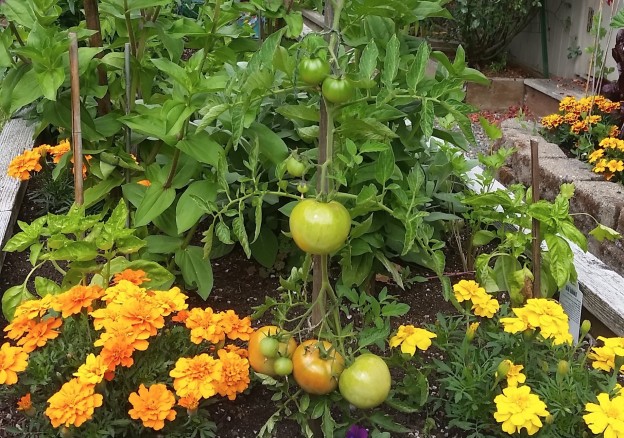
- Peppers: Peppers and zinnias are another great companion plant combination. Zinnias help to attract pollinators to peppers, which can also help to improve fruit production. They also help to deter pests such as aphids and whiteflies.
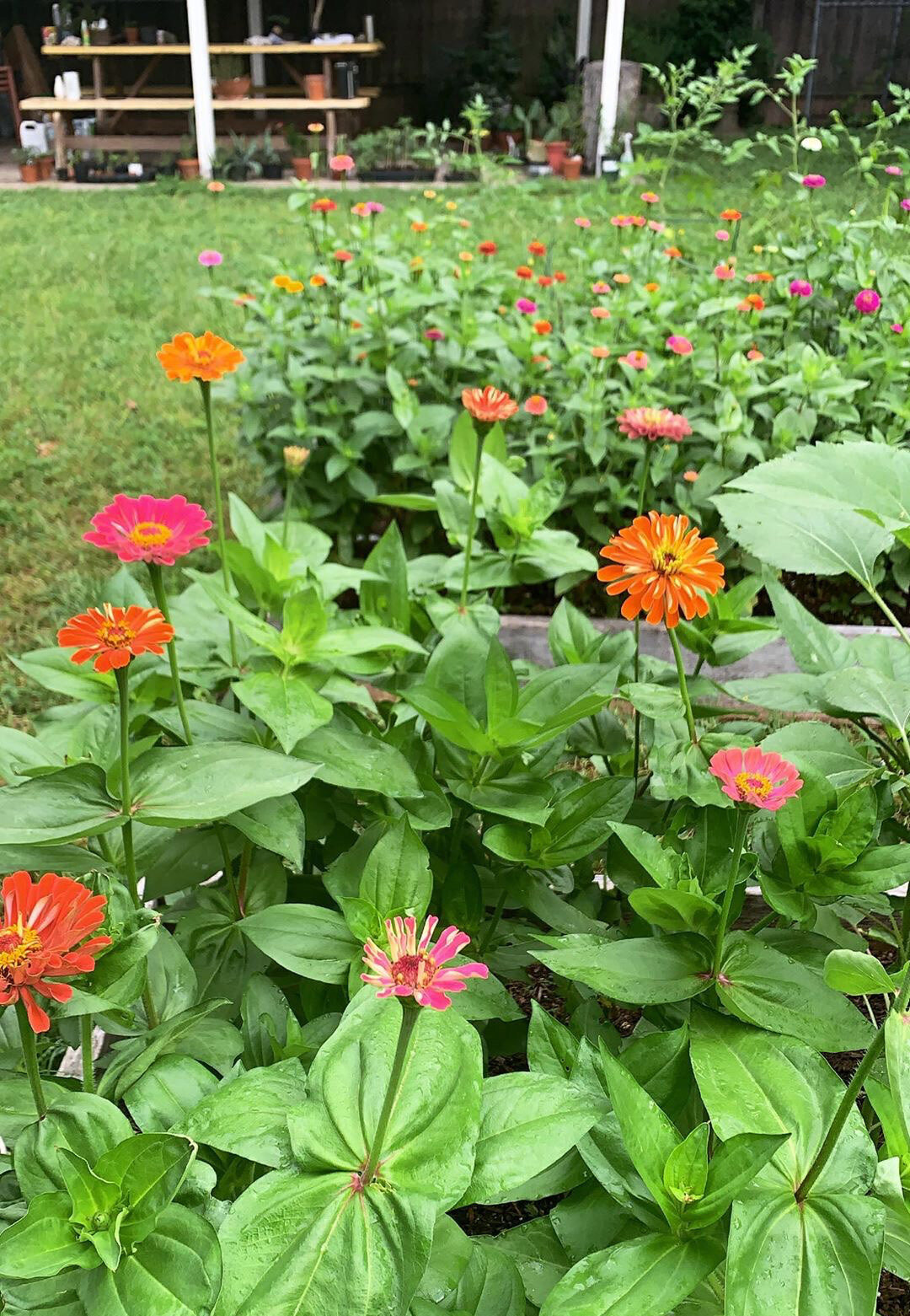
- Cucurbits: Cucurbits such as cucumbers, squash, and melons can benefit from the presence of zinnias. Zinnias help to attract pollinators to cucurbits, which can help to improve fruit production. They also help to deter pests such as cucumber beetles and squash bugs.

- Beans: Beans and zinnias are a good companion plant combination because they both have similar nutrient requirements. Zinnias help to improve the nitrogen content of the soil, which can benefit beans. They also help to deter pests such as Mexican bean beetles.
- Basil: Basil is a great companion plant for zinnias because it helps to deter pests such as aphids and spider mites. It also helps to improve the flavor of zinnia flowers.
These are just a few of the many companion plants that can benefit from the presence of zinnias. When choosing companion plants for zinnias, it is important to consider the needs of both plants. For example, if you are planting zinnias with tomatoes, you will need to choose a variety of zinnias that will not shade the tomatoes too much.
With a little planning, you can create a beautiful and productive garden by planting zinnias with their companion plants.
FAQ of zinnia companion plants
Q1: What are the benefits of planting zinnia companion plants?
A: Zinnias are compatible with many other types of plants, and planting them together can provide a number of benefits. For example, companion plants can help to:
*Attract pollinators, such as butterflies and bees, which help to pollinate the zinnias and other plants in the garden. *Distract pests from zinnias, such as aphids and spider mites. *Improve the overall health and productivity of the garden.
Q2: What are some good companion plants for zinnias?
A: Some good companion plants for zinnias include:
*Marigolds: Marigolds help to repel aphids and other pests from zinnias. *Cosmos: Cosmos attract pollinators, which help to pollinate the zinnias. *Sunflowers: Sunflowers provide a tall backdrop for zinnias, and they also attract pollinators. *Lavender: Lavender helps to deter pests from zinnias, and it also has a pleasant fragrance. *Cucumbers: Cucumbers and zinnias can be planted together because they have similar growing requirements.
Q3: How far apart should zinnia companion plants be planted?
A: The distance between zinnia companion plants will depend on the size of the plants. For example, marigolds and cosmos should be planted about 12 inches apart, while sunflowers should be planted about 2 feet apart.
Q4: When should I plant zinnia companion plants?
A: Zinnia companion plants should be planted in the spring, after the last frost. They will need full sun and well-drained soil.
Q5: How do I care for zinnia companion plants?
A: Zinnia companion plants are relatively easy to care for. They need regular watering, especially during hot weather. They should also be fertilized once a month with a balanced fertilizer.
Image of zinnia companion plants
5 different images of "zinnia companion plants" from Pinterest:
- Marigolds: Marigolds are a great companion plant for zinnias because they help to deter pests. They also have similar growing requirements, so they can be planted together in the same garden bed.
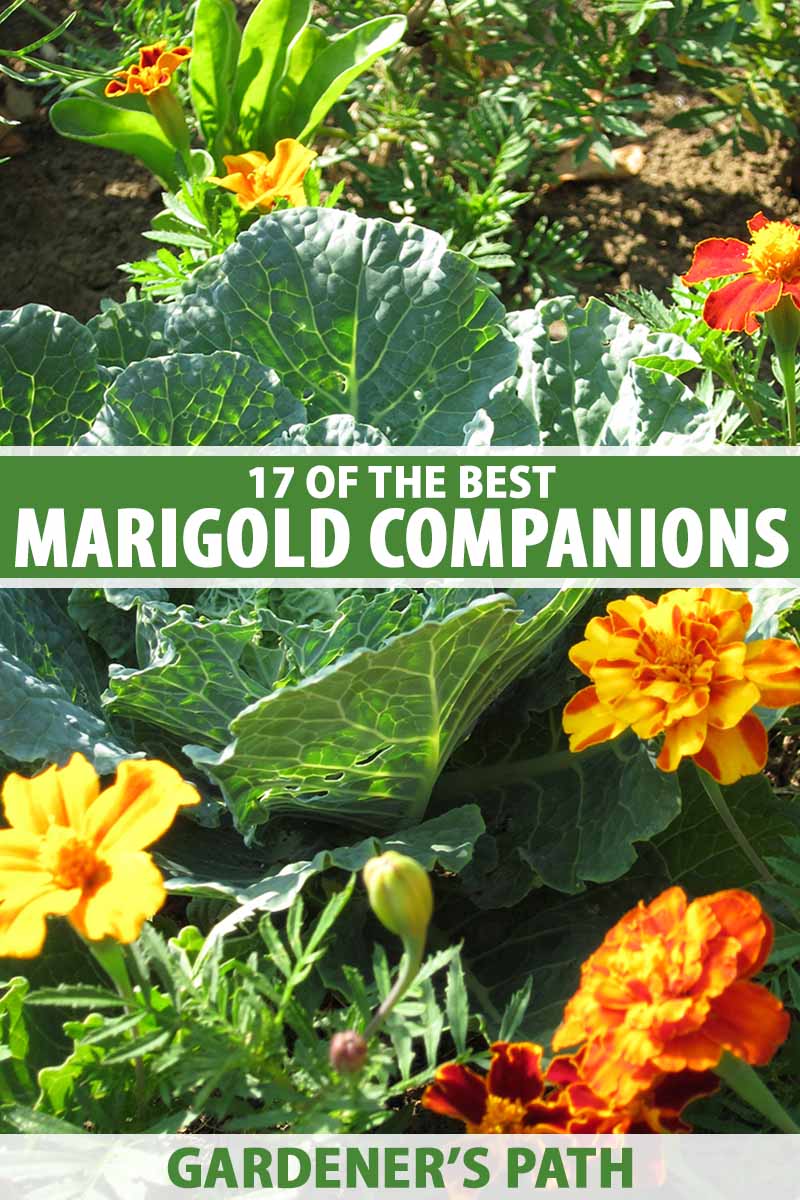
- Cosmos: Cosmos are another good companion plant for zinnias. They attract pollinators, which help to pollinate both plants. Cosmos also have similar growing requirements to zinnias, so they can be planted together in the same garden bed.

- Cucumbers: Cucumbers can be planted near zinnias to help deter cucumber beetles. Cucumber beetles are a common pest of cucumbers, but they are also attracted to the zinnias' bright colors. By planting the two plants together, the cucumber beetles are more likely to be attracted to the zinnias and leave the cucumbers alone.
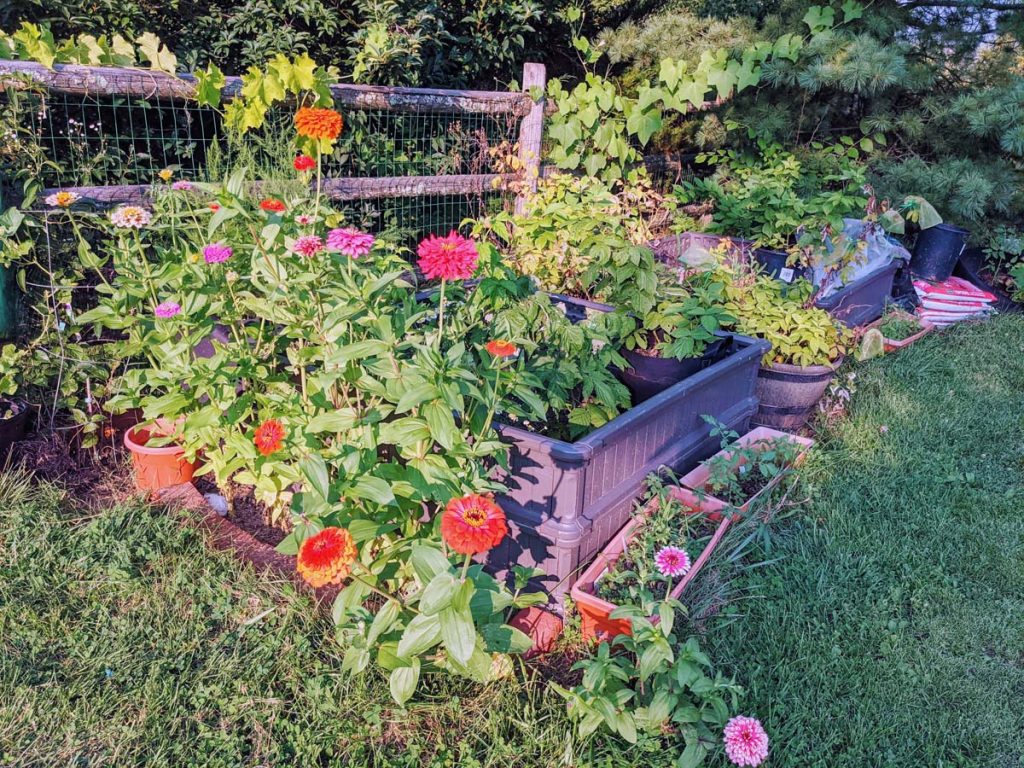
- Sunflowers: Sunflowers are a tall plant that can provide shade for zinnias. This is helpful in hot climates, as the shade can help to protect the zinnias from the sun's rays. Sunflowers also attract pollinators, which help to pollinate both plants.

- Lavender: Lavender is a fragrant herb that can help to repel pests. It also has similar growing requirements to zinnias, so it can be planted together in the same garden bed.
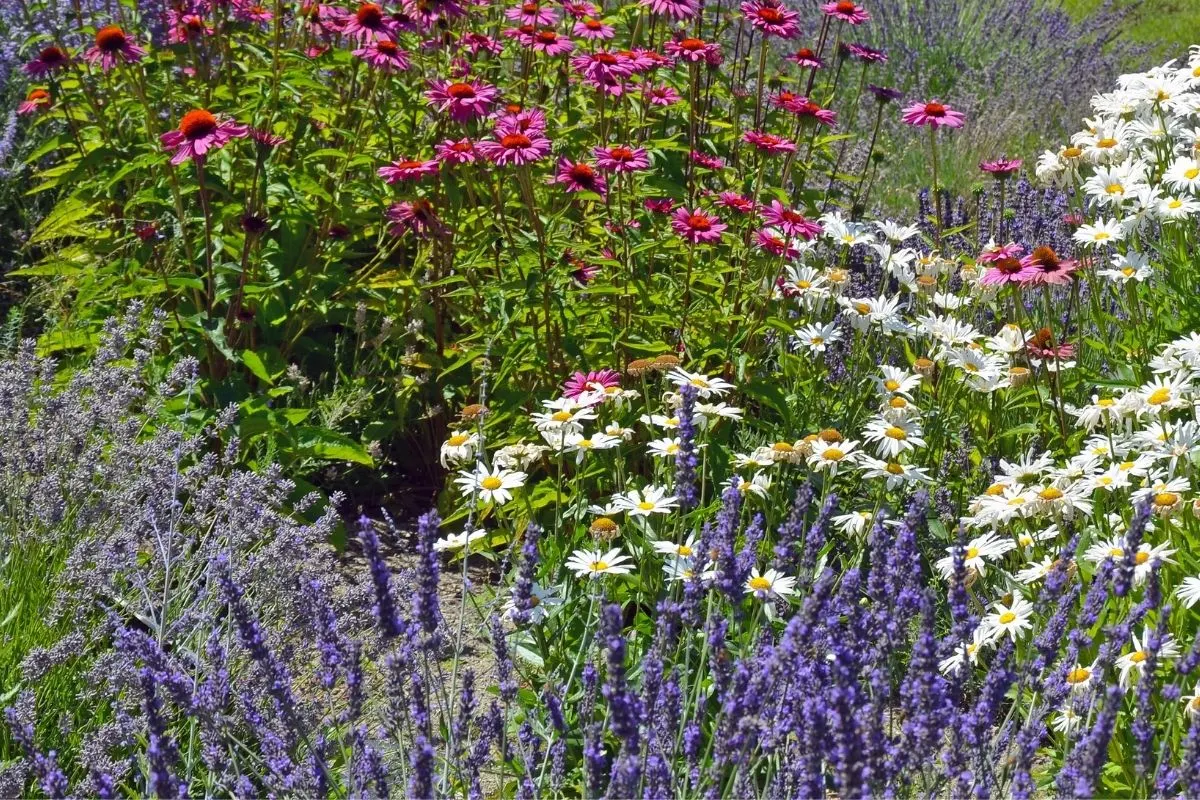
Post a Comment for "Zinnias: The Perfect Companion Plants For Your Garden"